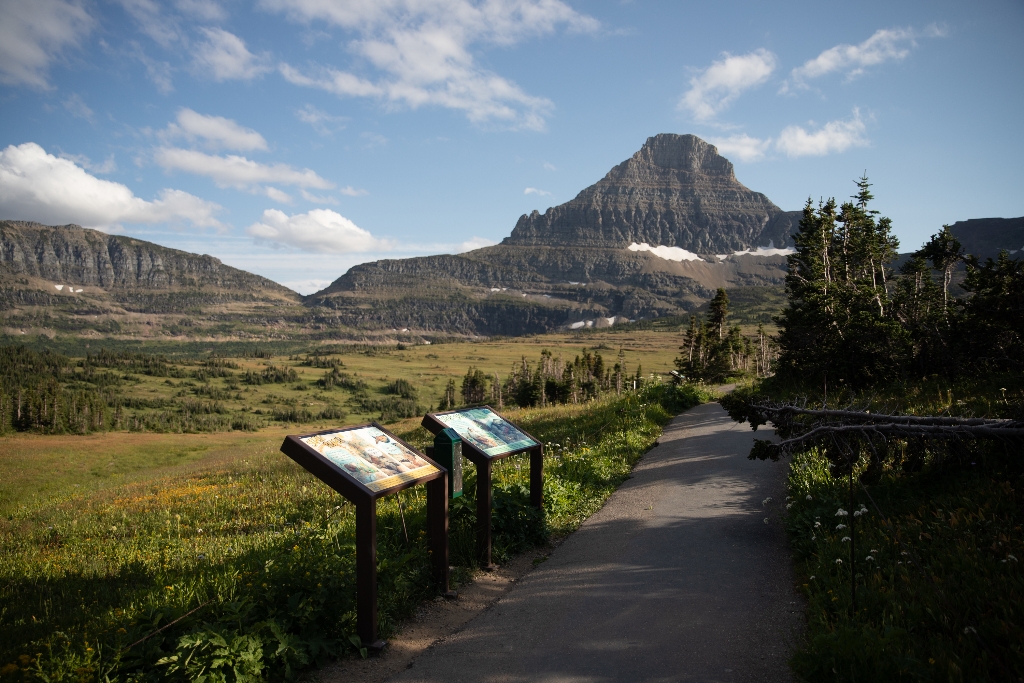
Super Sleeper (Marmot)
Did You Know? Marmots are super sleepers. At the end of August, they go into a special type of sleep called hibernation. From September through May, they snooze underground. Would you like to sleep through the whole school year? To survive that long without eating, they need lots of fat, so they spend the summer gorging themselves on plants.
Marmots spend their whole lives in the alpine. They live in boulder fields, called talus, or in rocky meadows. They are skilled burrowers that spend most of their lives (80%) underground. During the summer, marmots use their burrows to raise their young, and to escape from predators. In winter, the deep snow that piles up over their burrows is important because it’s like a white blanket, keeping the ground warmer when the air temperatures above the snow get super cold. A low snow year means a “thinner blanket” for keeping the marmot’s burrow from freezing. Every super power has a weakness, and for the marmot it is being able to put on enough fat during the short summers to survive their long hibernation. Young marmots can lose half of their body weight during hibernation! Not to mention that while they are sound asleep underground in winter, they can become easy prey to a hungry, super-exploring wolverine. The adventures of this super sleeper will continue to be played out here in Glacier National Park.
Super Reaper (Pika)
Did You Know? Pikas cut and gather grass and wildflowers all summer. These small-but-mighty super reapers store grass and flowers in large piles, to eat during the long winter. One 5-ounce pika can reap 30 pounds of food each summer. That’s 100 times its body weight! If you had a super-reaping power, which food would you store up?
These super reapers require a cold climate. Pikas have difficulty keeping their bodies from over-heating if it gets too warm outside. Temperatures can reach higher than 90 degrees where they live in their alpine habitats. As their climate gets warmer each year, it may become too warm for them, and they may disappear. Glacier National Park researchers and citizen scientists monitor these super reapers to help understand more about how they survive as climate changes the way they live.
Is there something we missed for this itinerary?
Itineraries across USA


















































